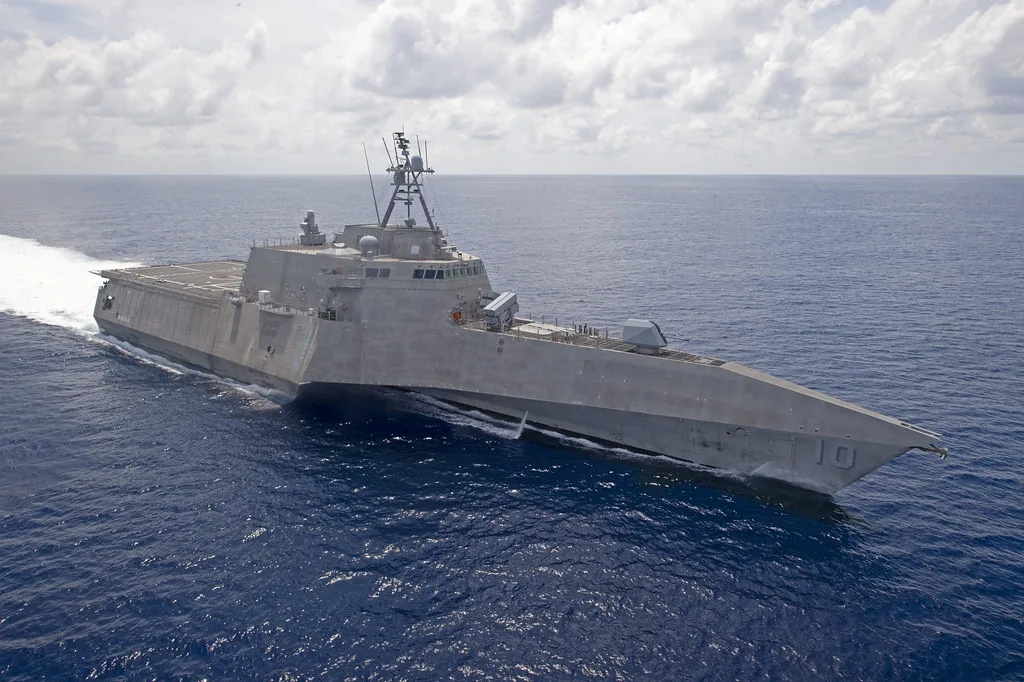Tensions Rise as USA Navy Ship’s Incursion Into Disputed South China Sea Waters Sparks Controversy

Amidst the tumultuous territorial disputes in the South China Sea, China’s military has raised serious concerns over the alleged trespassing of a U.S. Navy ship near the Second Thomas Shoal. This event has sparked fresh tensions, intensifying the long-standing maritime conflicts in the region.
The Southern Theater of Operations in China vehemently condemned the U.S. vessel’s alleged incursion, asserting that it significantly disrupted regional stability and infringed upon China’s territorial sovereignty. This incident unfolds against a backdrop of China’s conflicting territorial claims with neighboring nations, including the Philippines, Vietnam, and others, over the South China Sea—a strategically crucial waterway.
However, the U.S. Navy provided clarification, stating that the USS Gabrielle Giffords, an Independence-class littoral combat ship, was conducting routine operations within internationally recognized waters. The Navy emphasized that their activities adhered to established international laws, reaffirming their commitment to maintaining a free and open Indo-Pacific region. They highlighted that such operations have been standard practice for the U.S. 7th Fleet, which has operated in the South China Sea for decades.
China’s recent altercations, notably with Philippine vessels, further intensified with the U.S. ship’s proximity to what China identifies as the Renai Reef, also known as Second Thomas Shoal. This disputed area falls within the Philippines’ exclusive economic zone, as confirmed by a United Nations tribunal ruling in 2016—a ruling contested by China.
The Chinese military closely monitored the U.S. ship’s movements and reportedly followed it, asserting their readiness to defend national sovereignty in these contested waters. Meanwhile, the U.S. Navy reiterated its commitment to working alongside allies and partners, advocating for an open and secure Indo-Pacific.
Adding to the escalating tension, the Philippine Coast Guard swiftly responded by deploying two vessels in the South China Sea. This proactive action was taken after observing a concerning increase in the number of Chinese maritime militia vessels near a reef within the Philippines’ exclusive economic zone. The move by the Coast Guard was aimed at safeguarding Philippine interests and territorial integrity in the region.
The recent incidents highlight the fragile situation in the South China Sea, where overlapping territorial claims have repeatedly led to maritime standoffs and diplomatic disputes. The area has been a focal point of contention, with various nations staking their claims over strategically vital islands, reefs, and waters for geopolitical and economic reasons.
This latest episode between the U.S. Navy and China’s military underscores the complex and sensitive nature of the region. It raises concerns about the potential for further escalation of tensions and underscores the need for diplomatic efforts to ease friction and resolve disputes through peaceful dialogue and adherence to international law.
The evolving situation in the South China Sea remains a critical global concern, with ongoing incidents heightening anxieties and emphasizing the necessity for diplomatic engagement and multilateral cooperation to ensure stability and peace in the region.
Other Related News

